
Our Company
Locations
Contact Us
Newsletter
Sign up to receive email updates on the latest products, collections and campaigns.
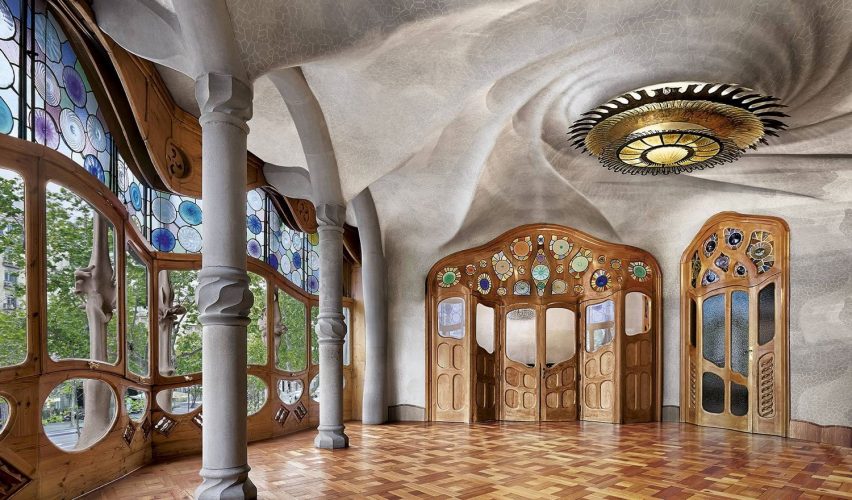
Certainly, you’ve heard of sustainable architecture or green architecture, but probably the term “neuroarchitecture” is something that will seem completely new to you. Well, let’s begin by understanding the concept.
In a nutshell, neuroarchitecture is a discipline that studies how the environment modifies the brain and our behavior. That is, how architectural elements influence our mental state. And although the term and its purpose may seem innovative and even avant-garde, the truth is that this discipline has been around for more than 70 years and has been in the heads of some architects for at least 25 years.
However, as Juan Luis Higuera from the Neuroarchitecture Group of the Universitat Politècnica de València states, “neuroarchitecture” still causes some uncertainty or even shock in some circles. “Most changes in the profession are generating it and neuroarchitecture can be a milestone that sets a paradigm shift. But it must be understood that incorporating such a useful design tool does not imply an attack on the creativity of the architect or designer, nor does it mean the loss of artistic aspects. It’s compatible and beneficial” assures AD magazine.
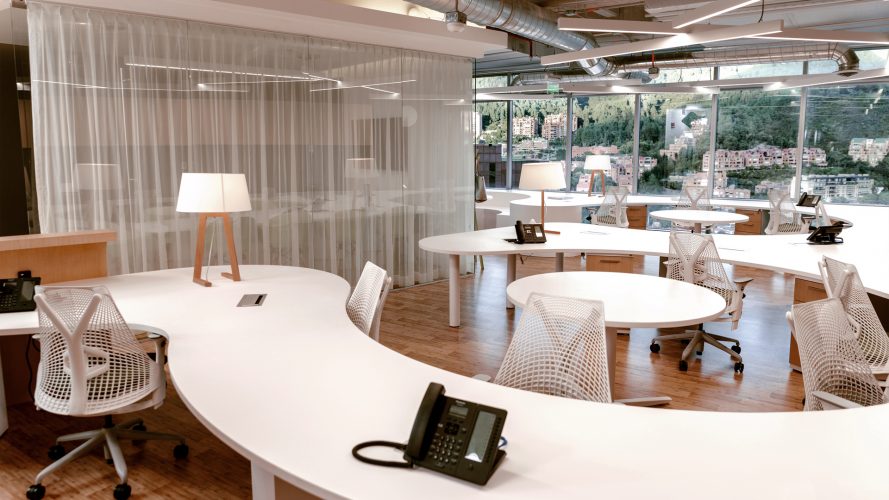
Ways to find happiness
So, neuroarchitecture is a discipline that brings together architects and neuroscientists to create spaces full of happiness, wellbeing, and productivity. In other words, buildings focused on optimizing conditions for the people who occupy them.
As a collaborative science, both neuroscience and architecture bring their knowledge to this discipline. For example, architecture provides the rational considerations for the location of windows, wall and furniture angles, colors, textures, open spaces and sounds, among many other aspects. While neuroscience participates by trying to give architects the clues about the way in which the brain interprets, analyzes and rebuilds the space around it.
In other words, neuroscience provides architects with the keys that allow them to create and distribute spaces that develop certain emotions and set sensations in motion. In this regard, Higuera notes that, while “cognitive and emotional issues must be based on architecture,” this doesn’t mean reducing the creative capacity of these professionals with the approaches of the good uses of shapes and colors that this practice promotes.
It may seem the same, but it isn’t
Although certain guidelines of neuroarchitecture have similarities with the views of Feng Shui in terms of the organization of space, the “energetic” principle of this discipline has nothing to do with the former. Neuroarchitecture aspires to go further than the simple ideas of functionality and aesthetics proposed by Feng Shui.
However, there are certainly reasons to compare both disciplines when neuroarchitecture points out that architectural designs with visible or pointed angles favor the manifestation of stress; that rectangular spaces make people feel confined or that few artificial light sources make the brain work harder, negatively affecting productivity.
Nevertheless, there are other interesting proposals that neuroarchitecture makes that have no correspondence in the aforementioned Eastern discipline. For example, it states that high ceilings are suitable for creative and artistic activities, while low ceilings favor concentration and routine work.
It also argues that colors can influence our mood and therefore our decision-making and attitude. As a result, the discipline encourages the use of green to reduce heart rate and stress; and to use reds in places where cognitive and attention related processes need to be stimulated.
Today, neuroarchitecture is an emerging discipline in the United States. There is even an Academy of Neuroscience for Architecture that permanently promotes conferences, forums, and even offers scholarships.

Sign up to receive email updates on the latest products, collections and campaigns.
Carrera 9 Nº80-45
Bogotá D.C., Colombia
Monday to Friday: 11:00 a.m. - 07:00 p.m.
Saturday: 11:00 a.m. - 06:00 p.m.
(+571) 432.7408/7493
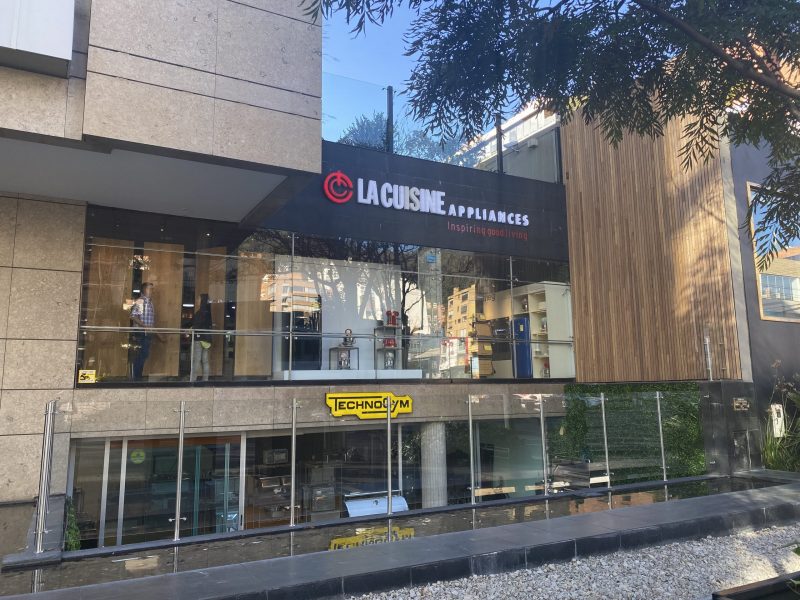
Calle 77 #72-37
Barranquilla, Colombia
Monday to Friday: 08:00 a.m. - 06:00 p.m.
Saturday: 09:00 a.m. - 01:00 p.m.
(+57) 605 352 0851
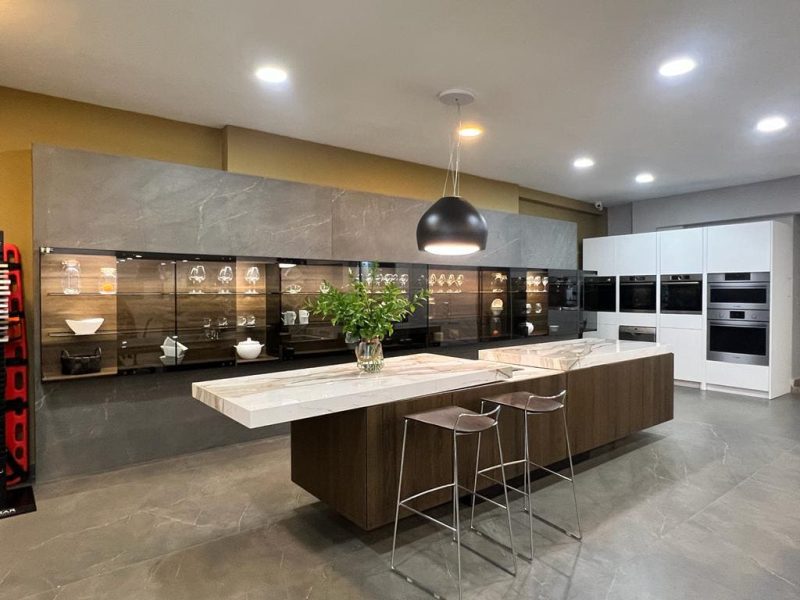
Edificio La Cuisine
Costado Suroeste, C.C. La Paco
Escazú, Costa Rica
Monday to Friday: 09:00 a.m. - 05:00 p.m.
Saturday: 10:00 a.m. - 04:00 p.m.
(+506) 4000.3555

Galerías de Puntacana No. 51
Punta Cana, La Altagracia, R.D.
Monday to Friday: 09:00 a.m. - 06:00 p.m.
Saturday: 10:00 a.m. - 01:00 p.m.
(809) 378.9999
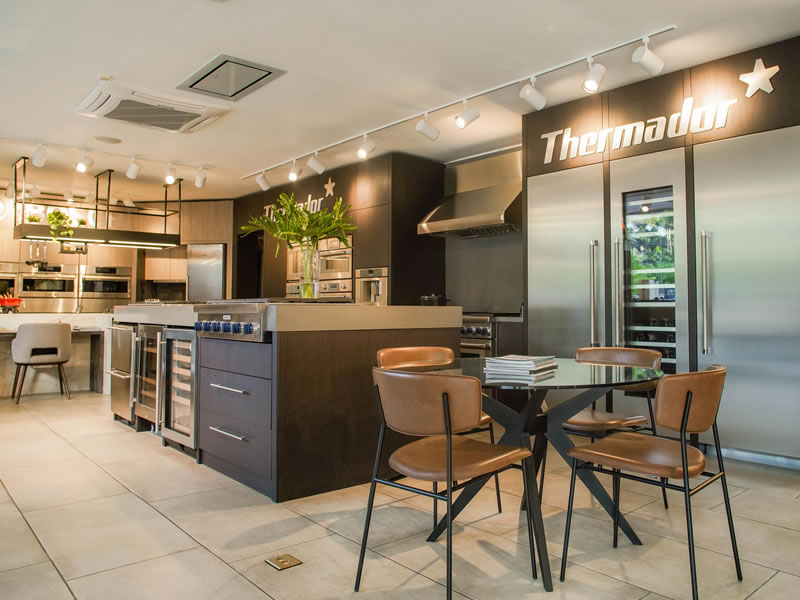
C/Rafael Augusto Sánchez No.22,
Piantini, Santo Domingo, R.D.
Monday to Friday: 09:00 a.m. - 06:00 p.m.
Saturday: 09:00 a.m. - 01:00 p.m.
(809) 378.9999

18187 Biscayne Bvld., Aventura
FL 33160
Monday to Friday: 10:00 a.m. - 06:00 p.m.
Saturdays by appointment.
(786) 322 5432
www.lacuisineappliances.com
sales@lacuisineappliances.com

3232 Coral Way,
Miami FL 33145
Monday to Friday: 10:00 a.m. - 06:00 p.m.
Saturday: 10:00 a.m. - 03:00 p.m
(305) 442-9006
www.lacuisineappliances.com
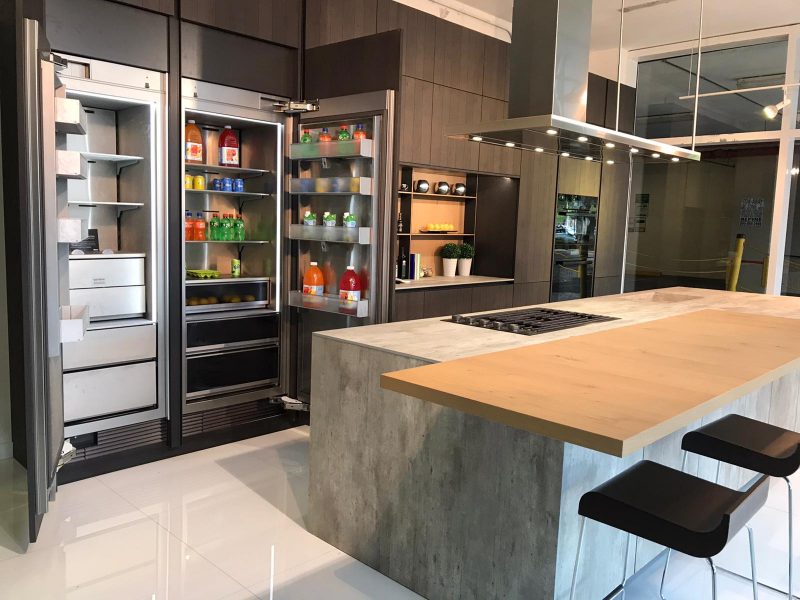
2005 NW 115th Avenue
Miami, FL 33172
Monday to Friday: 09:00 a.m. - 05:30 p.m.
Saturday: Closed
(+1) 305 418.0010
info@lacuisineinternational.com
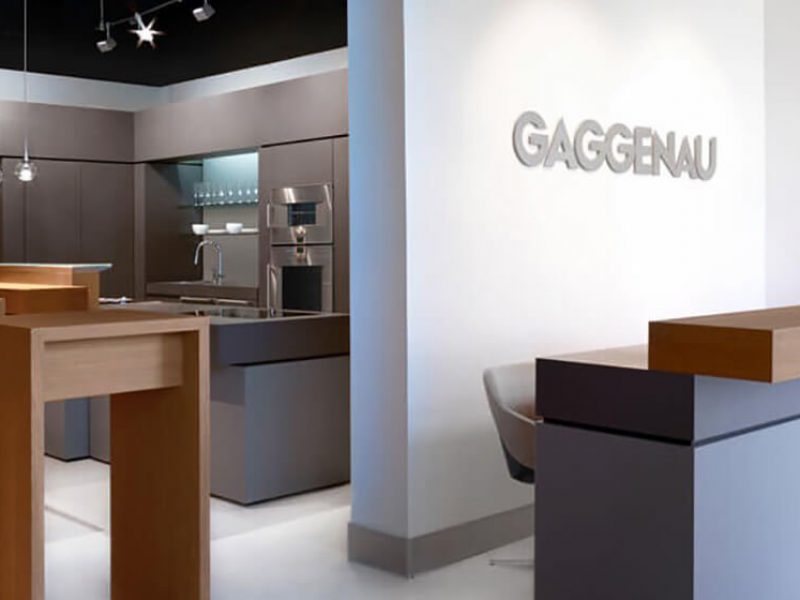
Obarrio. Av. Samuel Lewis,
Addison House Plaza,
Local No.11, Panamá
Monday to Friday: 09:00 a.m. - 06:00 p.m.
Saturday: 10:00 a.m. - 04:00 p.m.
(+507) 265.2546/2547

Av. Caminos del Inca 1603,
Santiago de Surco, Perú
Monday to Friday: 10:00 a.m. – 07:00 p.m.
Saturday: 10:00 a.m. – 01:00 p.m.
(+511) 637.7087
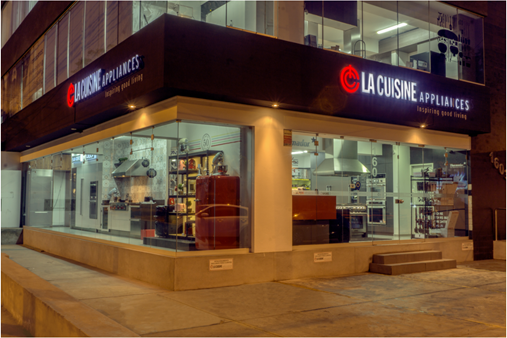
Centro Comercial San Ignacio, Nivel C, local No.5
Caracas, Venezuela
Monday to Saturday: 10:00 a.m. – 07:00 p.m.
(+58) 212 264.5252
(+58) 414 018.5352 (Wholesale)
ventas@lacuisineappliances.com

Complejo Pradera Ofibodegas No.13,
20 calle final Z. 10 Km. 6.8 Carretera a Muxbal,
Santa Catarina Pínula, Guatemala
Monday to Friday: 08:00 a.m. - 05:30 p.m.
Saturday: 09:00 a.m. - 12:30 p.m.
(+502) 6671-3400
